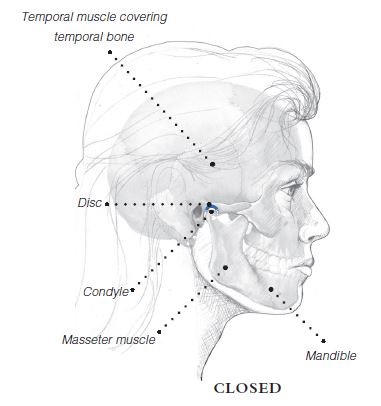Temporomandibular Disorders (TMD) Devices
Temporomandibular disorders (TMD) refer to an orofacial (face, head, or neck) pain condition in which pain and discomfort affect the temporomandibular joint (TMJ), the muscles, or the contiguous tissue components.
Updates on TMD Devices
The TMJ is the part of the lower jaw, in front of the ear where the lower jaw connects to the to the skull. There is a TMJ on each side of the jaw. The TMJ is composed of three parts.
- Mandibular condyle - the part of the joint located in the lower jaw.
- Glenoid fossa - the part of the joint located at the base of the skull.
- Meniscus - a small disc-shaped piece of cartilage, which serves as a cushion between the mandibular condyle and glenoid fossa.
For some patients, the pain in the TMJ is severe and unrelenting. Symptoms can include clicking or popping of the TMJ, pain in or around the TMJ and muscles, locking or limited opening of the mouth, headaches, pain behind the eyes, dizziness, earaches or ringing in the ears, clenching or grinding of the teeth, neck, shoulder or back pain, and numbness or tingling of the fingers.
Treatment Options
TMD is a complex medical condition which can be difficult to treat.
Non-surgical treatment options include:
- Behavioral changes (for example, avoiding gum chewing)
- Short term use of pain medication
- Devices that may help relieve pain, such as ice packs
- Bite guards (also known as occlusal splints or nightguards)
- Laser devices used to relieve muscle-related jaw pain
Surgical treatment options, which are more invasive, include:
- TMJ Implants
TMJ implants are intended to be implanted in the jaw to replace all or part of the temporomandibular joint. The purpose of these types of implants is to restore TMJ function, including opening and closing the mouth and chewing.

